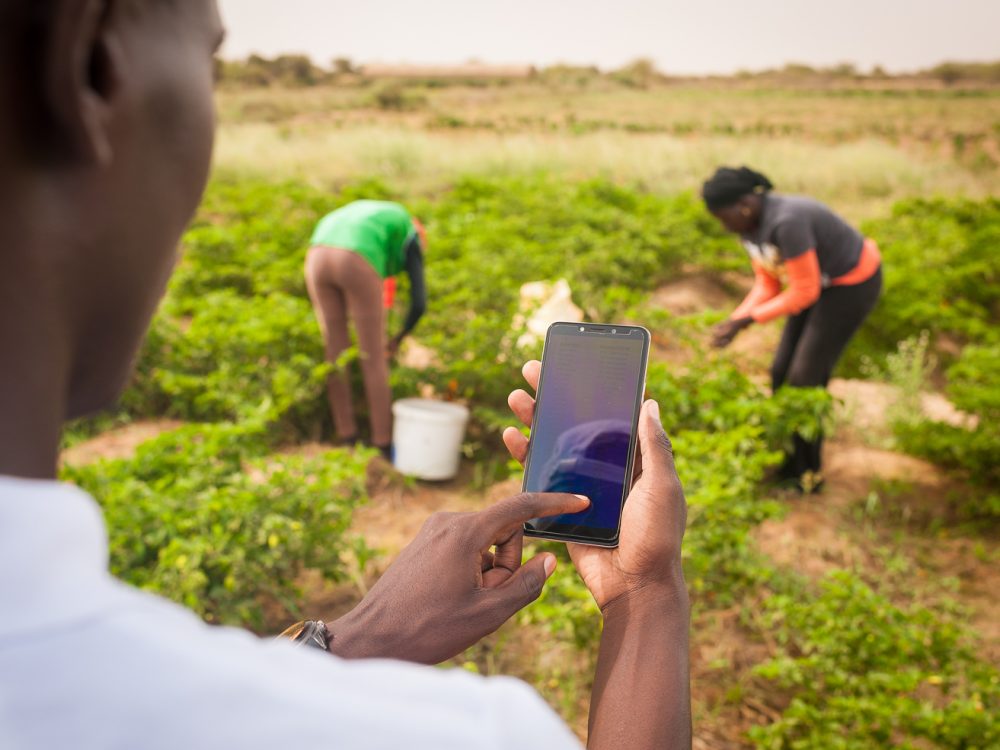How GPE is Enabling Dynamic Visualizations of Open Education Data
Development Gateway is very pleased to announce its successful involvement in the Global Partnership for Education’s (GPE) first data visualization venture.
GPE is a unique partnership dedicated to getting all children into school for a quality education. GPE gathers vast amounts of data and education indicators from dozens of GPE developing-country partners that produce thousands of data points representing all aspects of a country’s education sector that are traditionally presented in the usual panoply of education sector plans, joint sector reviews, aide memoires and financial reports. All too often, the data stacked away in these reports is not easily accessible.
Comparing education results against national targets
This past year a small team from GPE, the World Bank Development Data Group, (DECDG) and Development Gateway has worked hard to unearth this data and bring it to light! The GPE Open Data project provides instant access to 29 country profiles and presents data from a large variety of documents.
These country profiles are unique as they compare actual education results against national targets and reveal whether or not the government and GPE partners have made progress in getting more children into school, improving girls’ access to education, or increasing the number of teachers.
All indicators are thoroughly referenced and refer back to the original sources. Extensive notes and definitions also specify the context and, if applicable, the methodology used to capture the data. You can browse 57 indicators in 6 education categories encompassing key elements of each country’s education sector, including domestic and external financing, learning outcomes and aid effectiveness indicators.
All data is freely accessible and currently downloadable in Excel or PDF formats. All data visualizations can be embedded and shared on a variety of social media channels.
GPE Open Data Project is an agent of change
By putting data out in the open, GPE partners signal how serious they are about meeting their commitments to ensure that education aid brings measurable results. Free use and distribution of data brings change and helps improve performance and inform decision-making. It is also a powerful incentive to strengthen national statistical systems as inconsistencies and data-deprived charts indicate information gaps and the need for country governments and their development partners to redouble their efforts to provide accurate data.
The GPE Open Data project is about encouraging and facilitating this ongoing dialogue among all education partners. Developing-country governments have played a central role in collecting and validating data with support from donor and CSO partners based in the country. This process ensures these countries use their national statistical capacity and provide data in line with their own education strategies.
There is no going back to old rules once the lid of the data box is cracked open. In the next year, GPE and its partners will continue to innovate and use open data to promote knowledge exchange. In the meantime, we invite you to visit the GPE data goldmine and send your feedback and suggestions.
Share This Post
Related from our library

Introducing The HackCorruption Civic Tech Tools Repository
Introducing the Civic Tech Tools Repository: an open-source hub of digital solutions to fight corruption. Designed for growth through GitHub contributions, it brings together tools, code, and resources across six key areas for HackCorruption teams and beyond.

Building a Sustainable Cashew Sector in West Africa Through Data and Collaboration
Cashew-IN project came to an end in August 2024 after four years of working with government agencies, producers, traders, processors, and development partners in the five implementing countries to co-create an online tool aimed to inform, support, promote, and strengthen Africa’s cashew industry. This blog outlines some of the key project highlights, including some of the challenges we faced, lessons learned, success stories, and identified opportunities for a more competitive cashew sector in West Africa.

Digital Transformation for Public Value: Development Gateway’s Insights from Agriculture & Open Contracting
In today’s fast-evolving world, governments and public organizations are under more pressure than ever before to deliver efficient, transparent services that align with public expectations. In this blog, we delve into the key concepts behind digital transformation and how it can enhance public value by promoting transparency, informing policy, and supporting evidence-based decision-making.